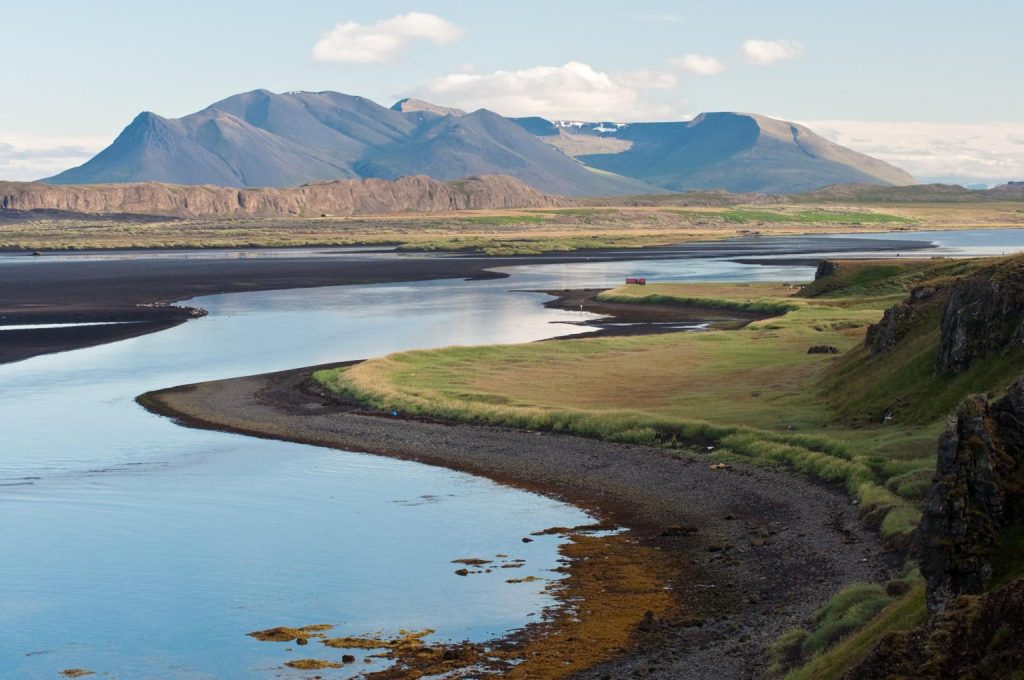Forecasting the elements
of our world.
Weather plays an intricate role in our everyday lives, impacting everything from feelings and clothing choices to plans. Over the years, studying weather has evolved immensely – from forecasting when major hurricanes will strike to guessing whether rain may fall at picnics; all while technology evolves.

Meteorology, or the study of weather, has existed ever since mankind first set foot on planet earth. Humans have always been intrigued with Weather trends such as sun spots or cloud movement and used weather trends as part of planning daily tasks and farming decisions; farmers would use locations of sun spots or wind blowing direction as indicators when storms may hit and adjust crop rotation accordingly to prepare themselves.
Weather change is an ever-evolving and complicated phenomenon which has taken place for millions of years, altering temperature, precipitation, humidity, wind speed and atmospheric pressure in different ways. Changes like these may happen quickly or slowly and have profound ramifications for environments, communities and lives alike – caused by both natural forces as well as human activities causing disruptions of their usual routines and behavior patterns. There are numerous things both natural and artificial which contribute to weather shift.

Waves on the oceans can play an instrumental role in shaping weather trends. Affected by elements such as wind, weather and salt content in the air, ocean currents carry warm or cold waters over great distances to change temperature and wetness levels dramatically, ultimately shifting weather trends dramatically.
Effects of
Weather Change
Aside from global warming and other external forces, tilt and rotation of Earth are major natural contributors to weather changes. When Earth revolves around its sun in an oval path, amounts of solar energy that hit different parts at various times fluctuate widely causing temperatures and weather trends to vary season by season. Furthermore, tilt of its axis changes how much sunshine each hemisphere receives which in turn causes weather differences between Northern and Southern regions.
Why Weather
is Important
People have made major impacts to weather change over the last several decades. More greenhouse gases – mostly carbon dioxide – are being released into the atmosphere through burning fossil fuels, cutting trees down, and industrial processes; as these greenhouse gases trap and store heat they cause global warming, which results in greater storms, heat waves, droughts, and floods than before.
Land use changes like building cities and farming methods have an influence on weather trends. Human-made structures that retain and radiate heat may turn cities and buildings into “heat islands”, with temperatures higher indoors than outside. Cutting trees down also causes changes to our planet’s reflectivity levels, wetness levels and air circulation patterns – potentially altering how the air moves throughout its reach.
Weather Change
weather change as it’s commonly referred to – is one of the primary threats facing our world right now, consisting of long-term changes to temperature, rainfall patterns and other climate variables on Earth. Climate change impacts all spheres of society – business, health and the environment alike. A major consequence is rising world temperatures; this increases heatwaves as well as storms, floods and droughts which have severe consequences for businesses, populations and the environment alike. Disaster events often have devastating impacts, depleting property and forcing residents to flee their homes, as well as lasting changes on infrastructure, food production and water resources. Warmer temperatures cause glaciers and Arctic sea ice to melt, raising sea levels and endangering coastal regions.
In turn, this damages coastlines, displaces sea life from their homes in the waterway, increases flood risks, wear away beaches and results in greater coastal erosion risks. Changes in weather trends also negatively impact agricultural output, leading to food shortages and price hikes as a result of climate change. Alterations to human health caused by weather-driven changes such as increased rainfall can have devastating implications, leading to spread of infectious disease among citizens, among many other negative consequences of global climate change.
All of this evidence emphasizes just how essential it is that we act swiftly against global climate change by decreasing carbon footprint and slowing its progress to limit its destructive power over our world.
Weather plays an essential part in our everyday lives; from what to wear and how we move to health issues that require medical intervention or even business operations and farming decisions. It has an immense effect on us and has an enormous effect on all aspects of society – be that fashion choices or health considerations. Extreme weather events like storms, floods and droughts can have lasting negative impacts on communities across the United States.
As weather influences nearly every aspect of our lives, understanding weather trends is integral for planning and decision-making purposes, such as farming, building or being prepared for disaster. Weather changes our world by altering environments and worsening climate change – it has an incredible influence over all spheres. Overall, it deserves praise as something so essential.
© Copyright ESpaceMeteo 2024. All rights reserved
